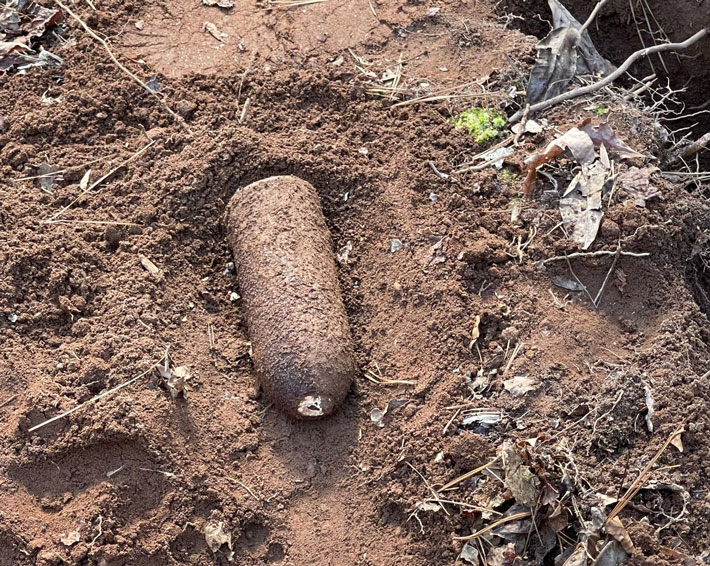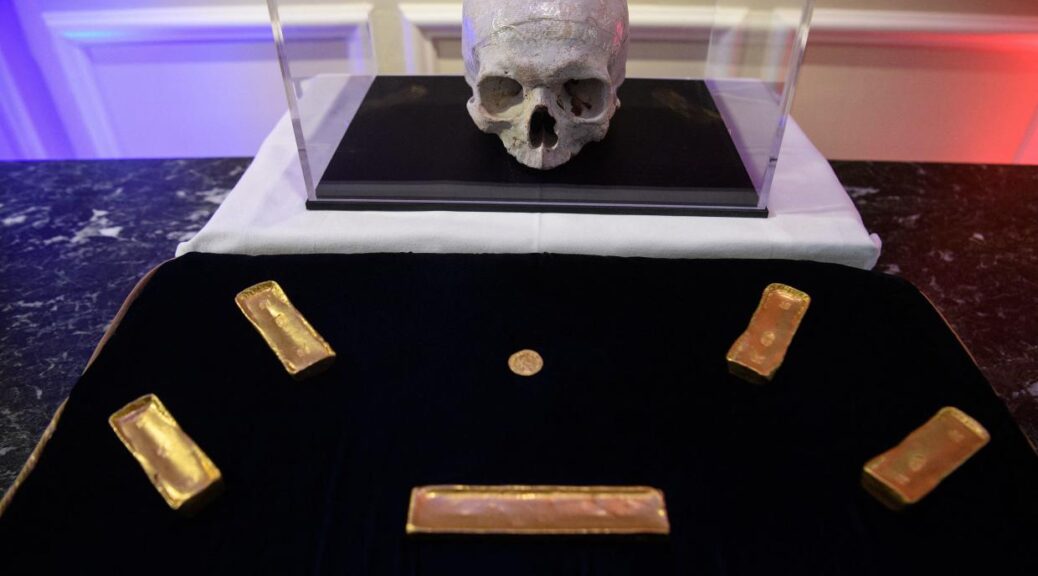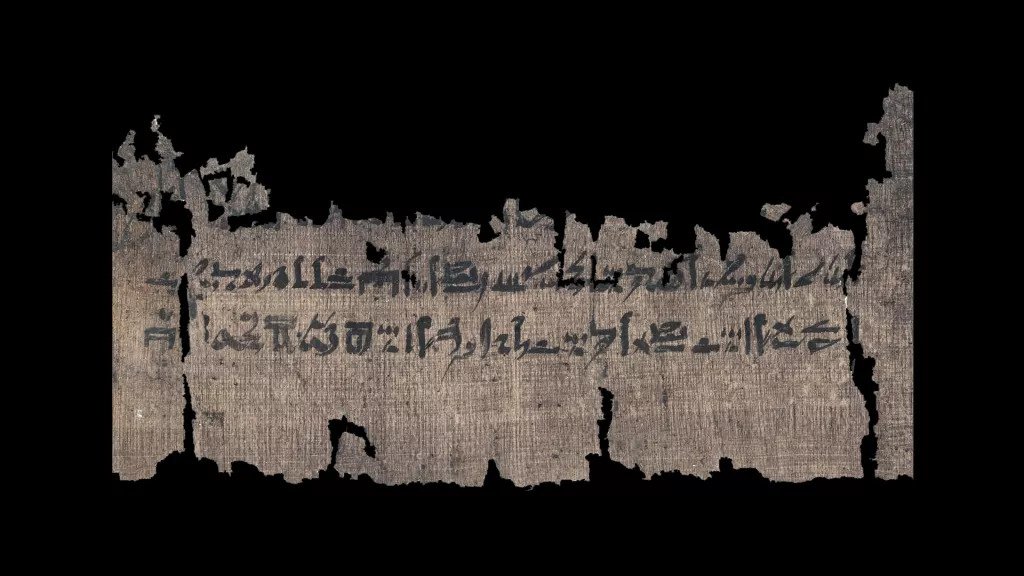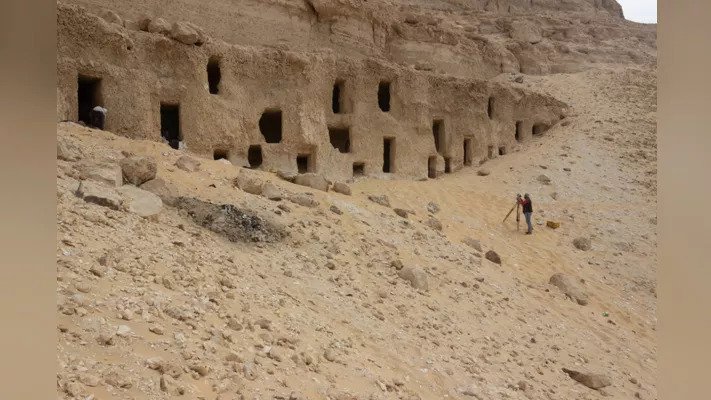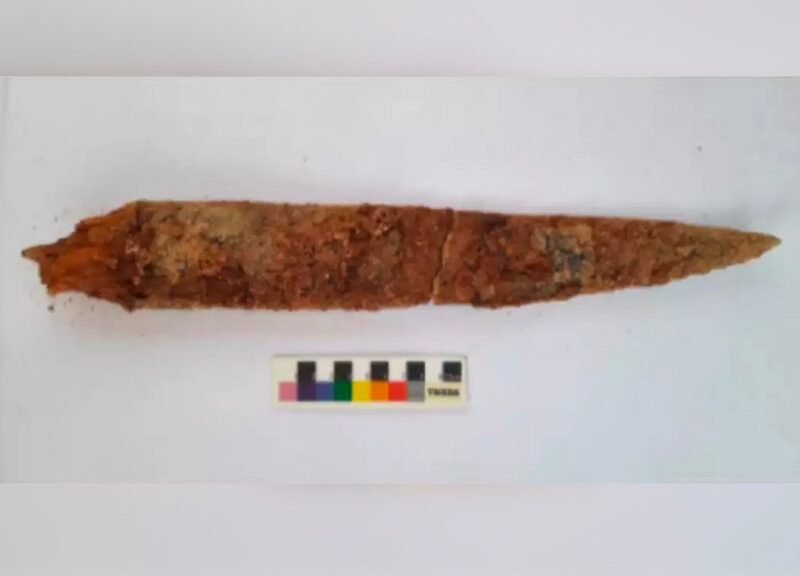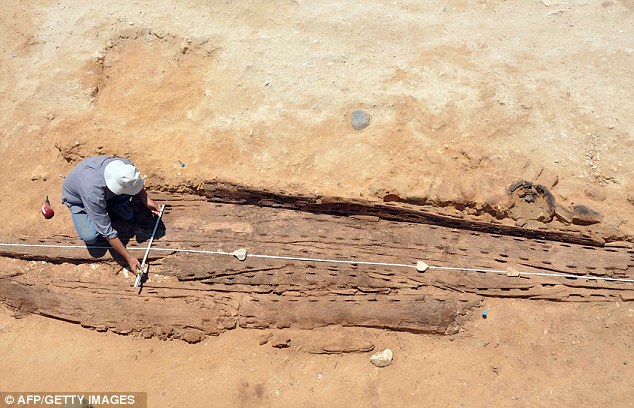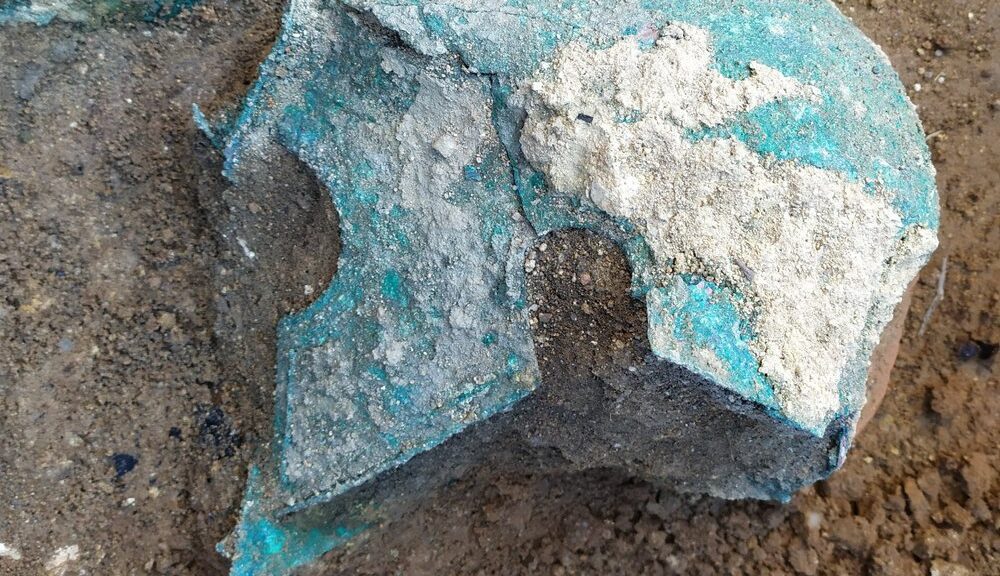157-year-old Civil War Shell Discovered Intact in Georgia
A group of archaeologists poking around in the dirt at Kennesaw Mountain National Battlefield in Georgia stumbled upon an intact Civil War bomb, according to the Southeast Archeological Center.

The bomb was deemed still viable, and the Cobb County Police Department Bomb Squad was summoned to the site, just west of Marietta.
“After examination and review, the Civil War-era explosive was moved to the bunker for storage until the bomb squad can counter charge the cannon shell,” the Cobb County Police Department wrote in a Feb. 28 Facebook post.
“This 157-year-old parrot shell was discovered 10 inches below the surface and was used extensively in the Civil War by the Union Army.”

The 2,965-acre Kennesaw Mountain National Battlefield Park preserves the battleground where Union and Confederate forces fought from June 19 through July 2 in 1864.
The fighting was part of the Atlanta Campaign, during which “more than 67,000 soldiers were killed, wounded and captured,” Explore Georgia says. The Southeastern Archaeology Center reports the bomb was found last week as a team did “a metal detecting survey for a new hiking trail.”
“There is an old ‘truism’ in archaeology — the most exciting find is almost always on the last day. And this project was no exception,” the centre wrote on March 3 on Facebook.
“This shell had a percussion fuse that did not ignite when it hit the ground.” Many commenters on social media called for the bomb to be preserved. But the safest approach is a controlled detonation, Cobb County officials wrote.
“The bomb squad stated that they would love nothing more than to preserve this piece of history, however, there is no way to safely render it without counter charging it,” police said.
“They try to use the smallest charge appropriate. This charge is very small and will perforate the case. Unfortunately, even a small amount of live explosives can set the whole shell off.”
